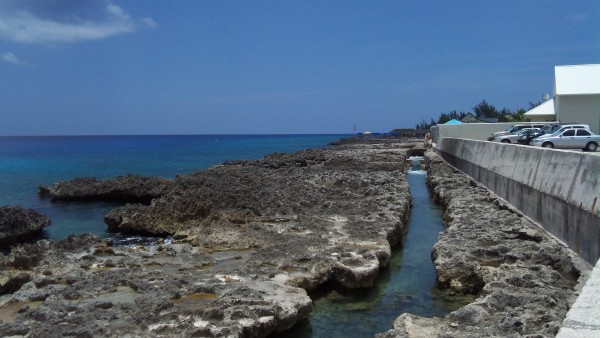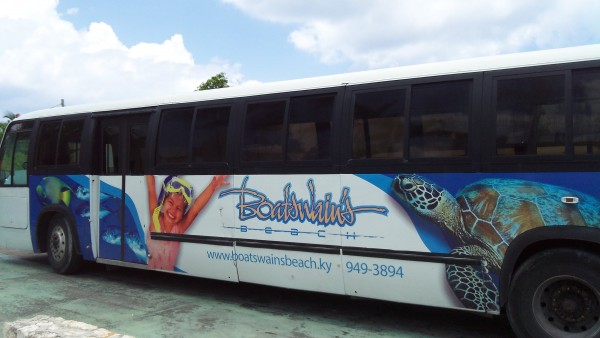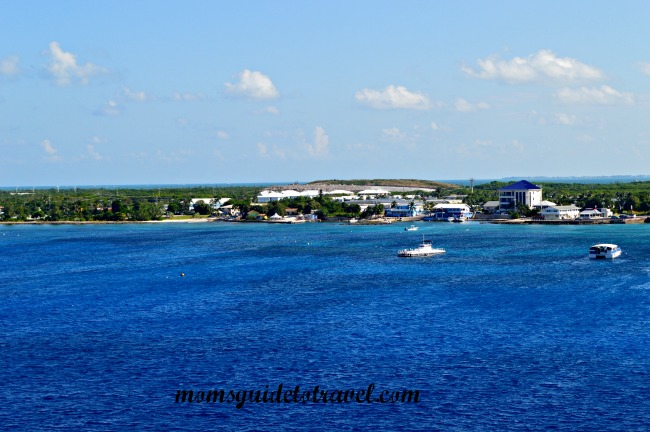Our family travel for the past couple of years has been limited to the United States. However, we knew that we wanted our first family trip to be to the Caribbean.
Our recent trip to the Cayman Islands was our first overseas family vacation since my 3 y.o. was diagnosed with PDD. I’ve come to a few conclusions:
Family vacations are designed for taking a “break” from the hustle and bustle – to relax, enjoy, and explore new things together.
When you have a child with special needs, it’s important that you schedule those breaks periodically. However, before you make your travel plans, be sure to identify those elements of your vacation that will allow you to enjoy yourself more.
Understand that a happy child makes for a happy mom.

Every child with special needs is unique. And what makes them happy, only mom and dad knows. Overall, I’ve found that it’s best to keep the vacation simple. Our family travel to the Caribbean made this more feasible.
Managing expectations is key.
Have you ever heard of the term K.I.S.S? It means “keep it simple stupid.” My acting coach would shout this at us all the time, to remind us to not make things more difficult than they need be or over-think the situation.
I do my best to apply this same philosophy to my family travel lifestyle.
Here are some lessons that I’ve learned:
1. Vacation/Apartment homes/Villas work better for my family than hotels.

- Usually these living arrangements have stoves and full-sized refrigerators, ideal for cooking restricted meals.
- Vacation homes and villas have that valuable extra space for “letting loose” and not disturbing next-door neighbors.
2. Traveling in a non-peak/low traffic off-season.
- Besides potentially lower prices, less people and smaller crowds are always a positive.
- Employees may be willing to do more for you, and give you more specialized attention.
3. Rent your own vehicle vs. dealing with the hassle of tour buses and shuttles.

- My three year old loves trains, vans, and big buses but I love that we can pick up and leave on our own schedule, specifically during nap time and general melt-downs.
- By being in your own space, you can limit the number of strangers and noises around your child.
4. Find a local grocery store as soon as you can.

- Research where a store may be located in conjunction with where you’ll be staying. You can decide what foods/snacks you’ll need to carry with you in order to keep your child happy and healthy while you’re away from home.
5. Plan excursions strategically.

- If you have another child who may be willing and able to do activities that your other child (special needs or not) isn’t able to do, and If you are traveling with your spouse or another adult, split up for activities and don’t feel guilty about it. Do what you can with each child and enjoy whatever it is that you’re doing.
- If your child wants to just play in the water either at the pool or on the beach, save your time, breath, and money and let them. Make the best out of it and perhaps return to the destination without your child(ren) to do all the site-seeing and exploration that you had planned.
6. Plan your vacation for 5-7 days at a time in a new and unfamiliar destination.
Take things slow when you’re just starting out traveling with your special needs child. Our children thrive in routines. When we change up the routine, they have a tendency to display more behavioral issues.
We were mindful to let our son take the lead, adjusting where we needed to.
Bottom Line: Know your child’s likes, dislikes, comforts, discomforts and work with them, irrespective of your idea of what the ultimate family vacation looks like. Many times we plan itineraries out in our heads (or on paper) that are conducive to active adults.
You may find that the ultimate itinerary for your child is one filled with plenty of breaks and overall simplicity.

Nice web site , i have bookmarked it for later use, thanks from kingo.
Cambodia is my pearl of Asia. Such a beautiful country, and the cambodian people are just so friendly!